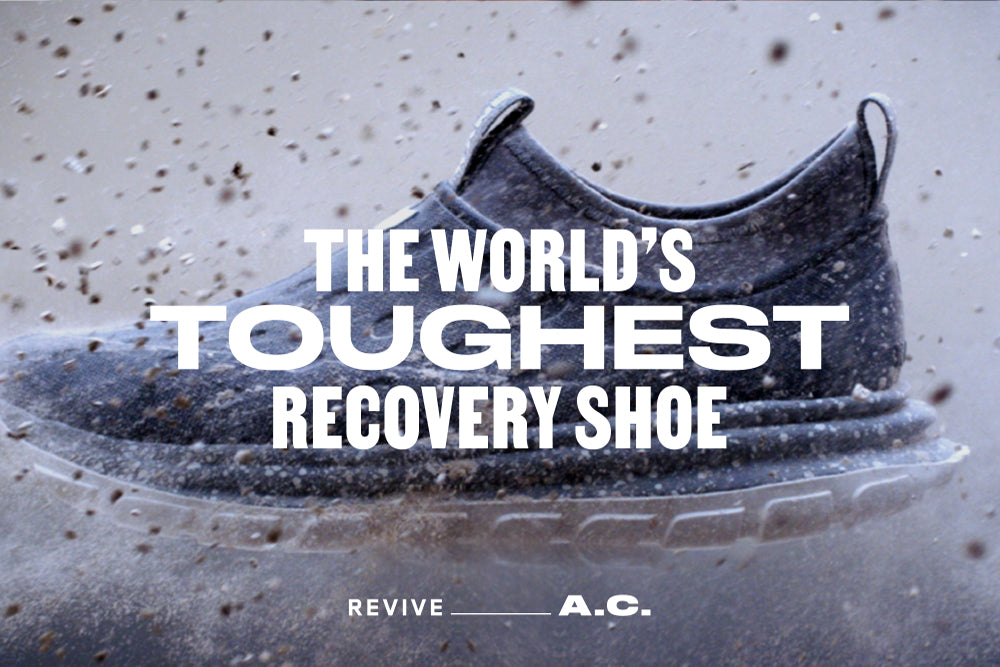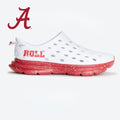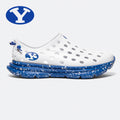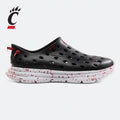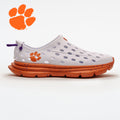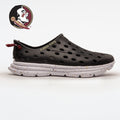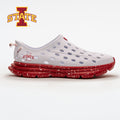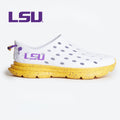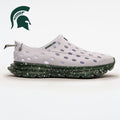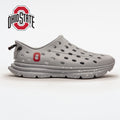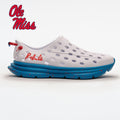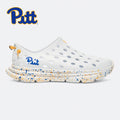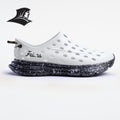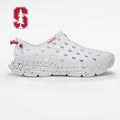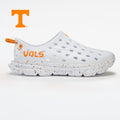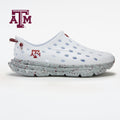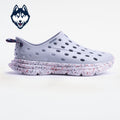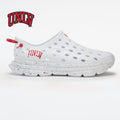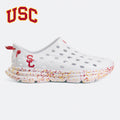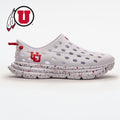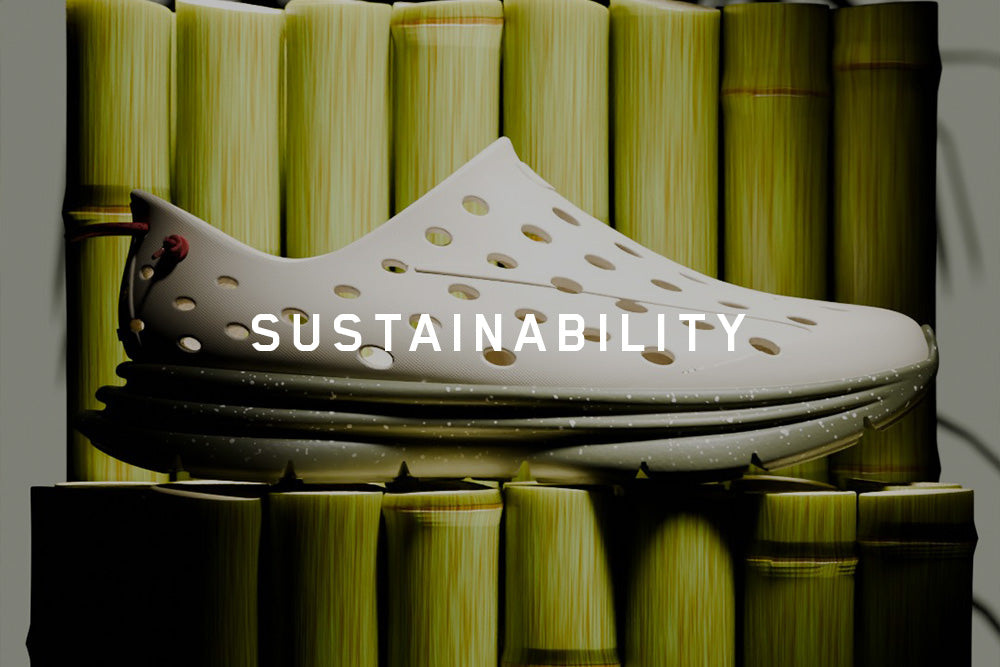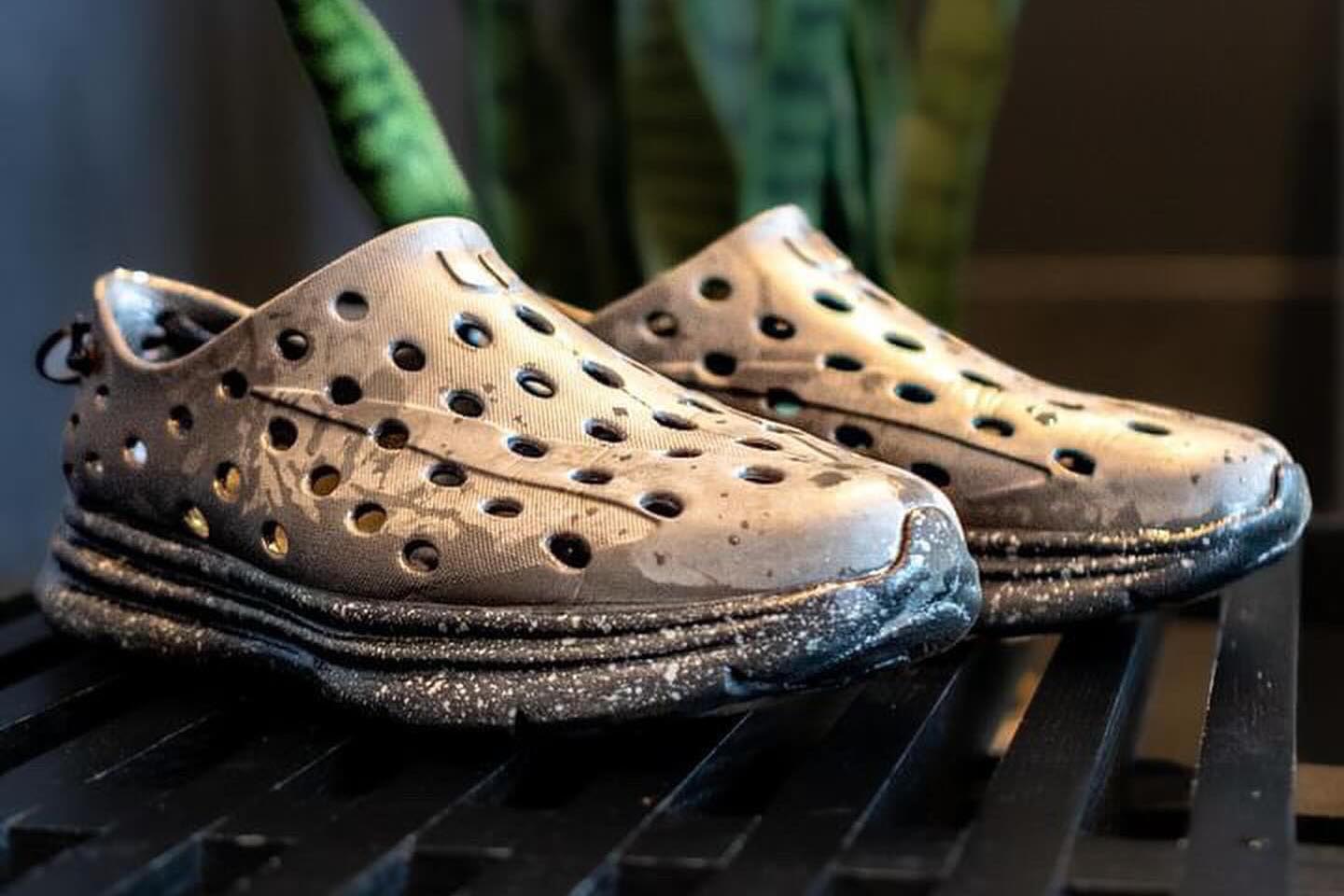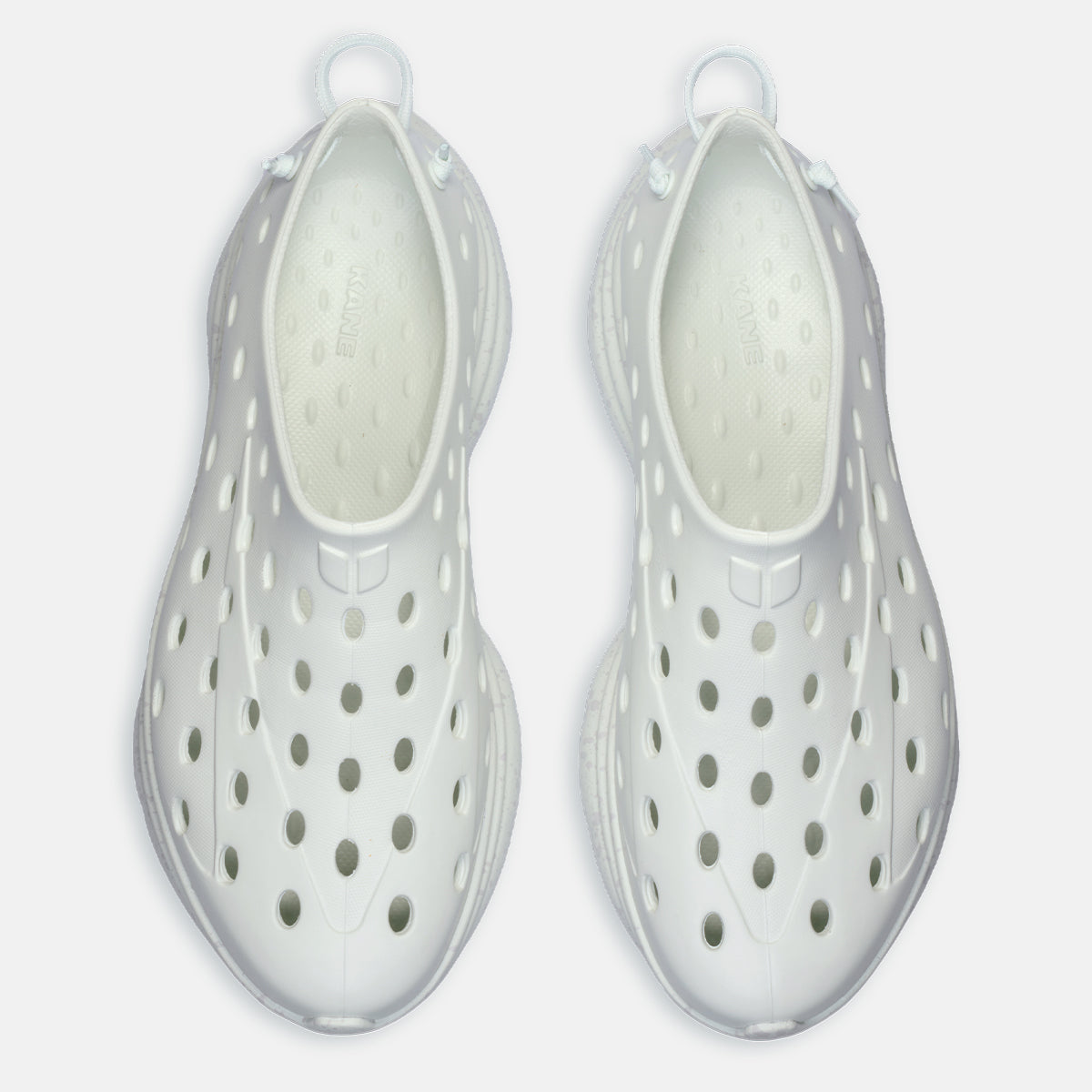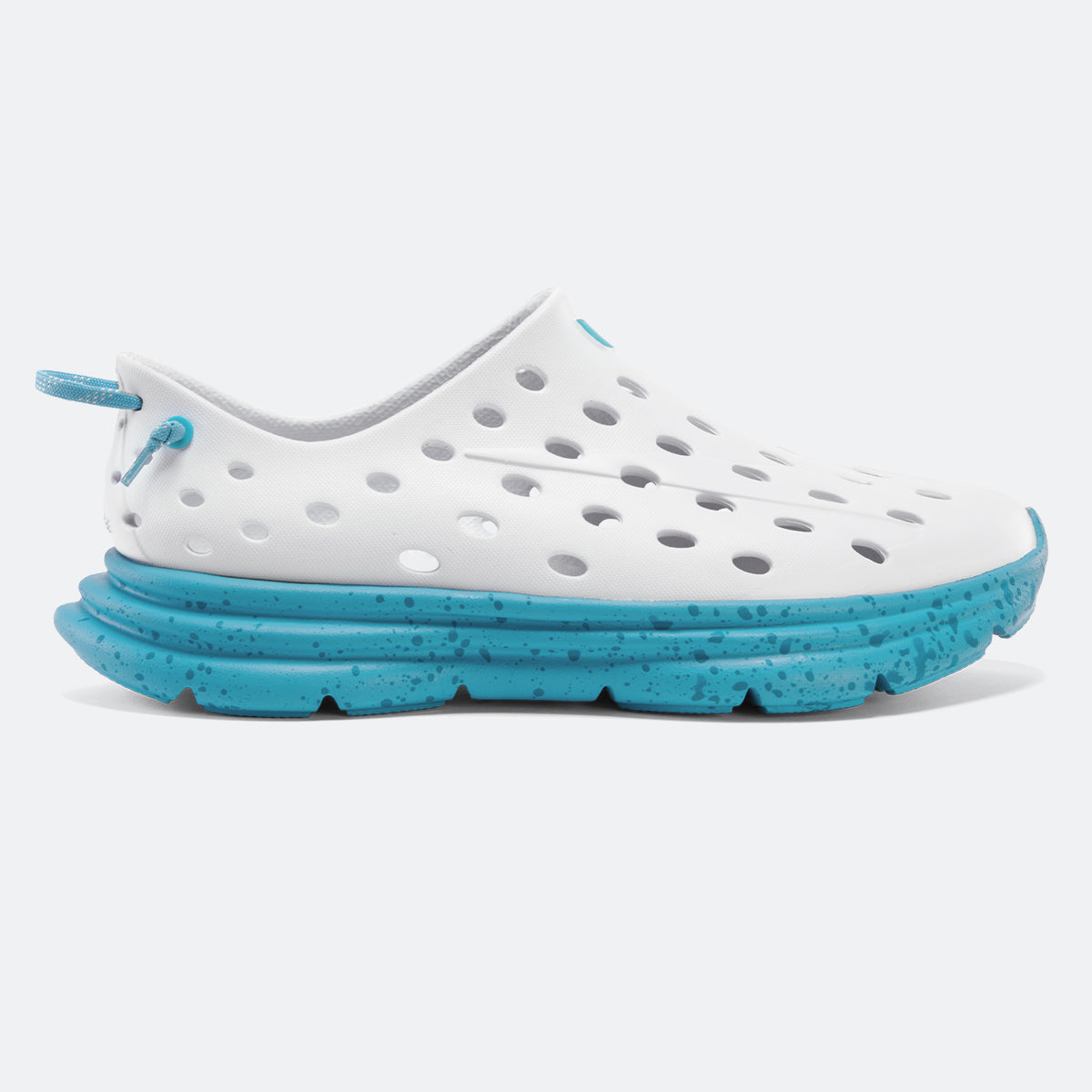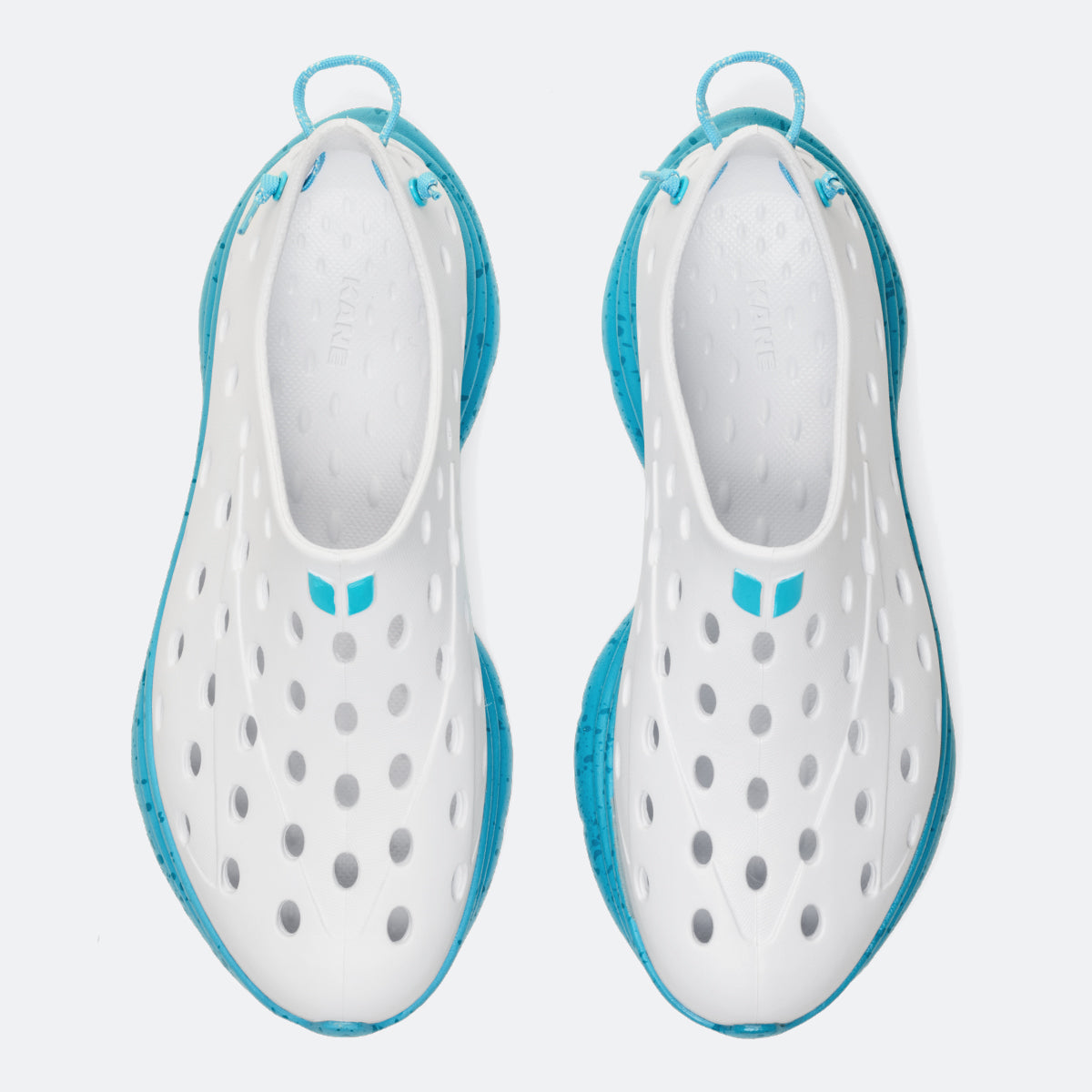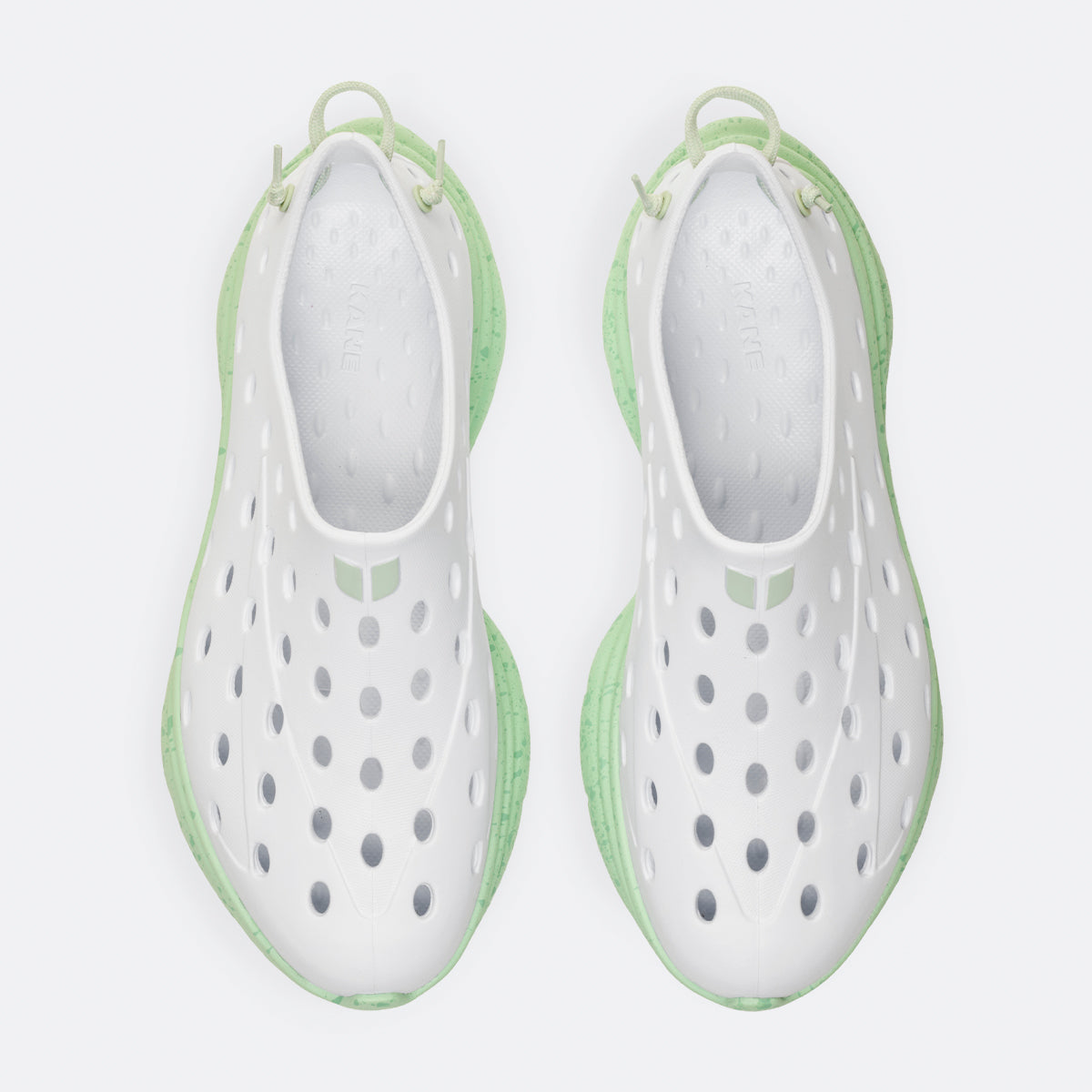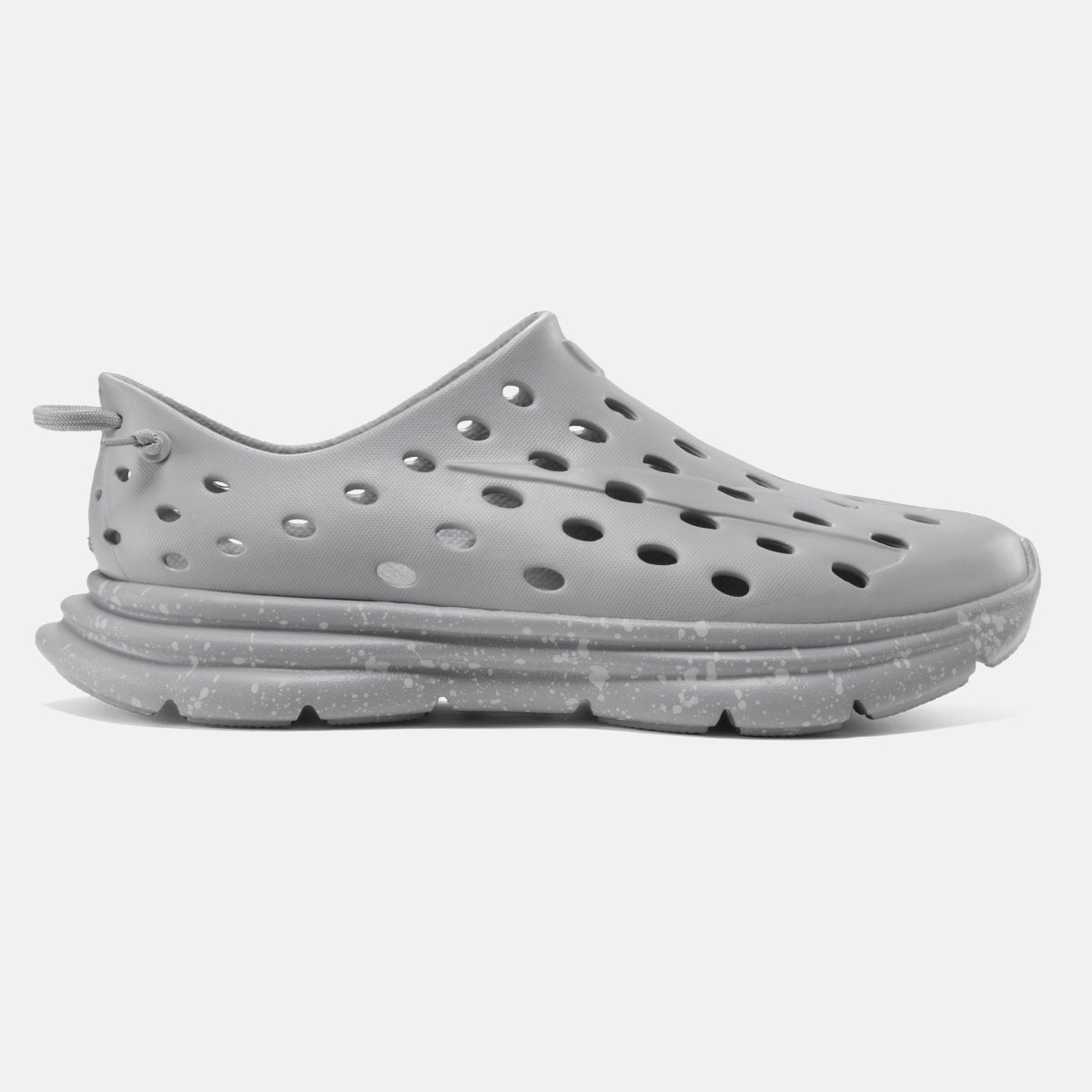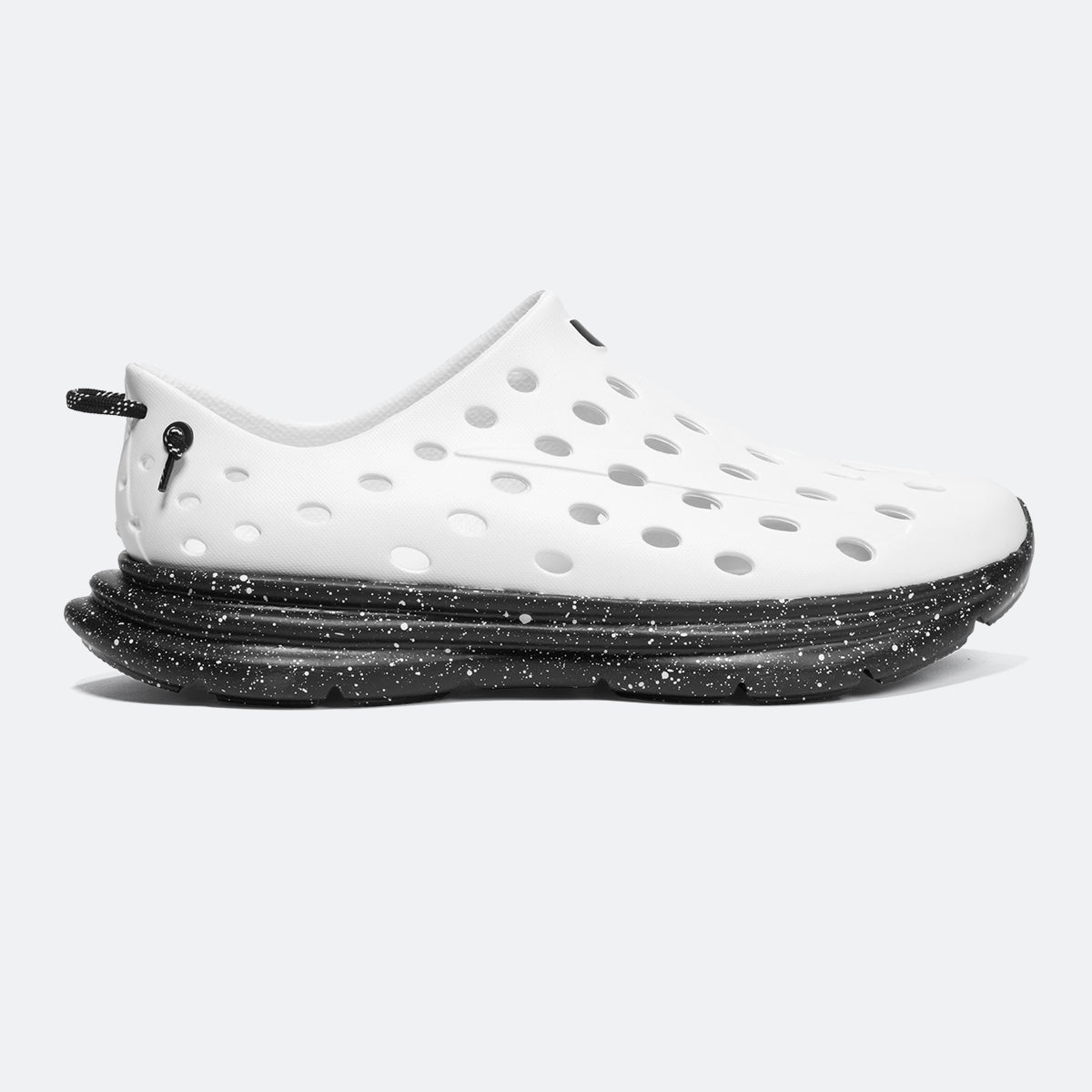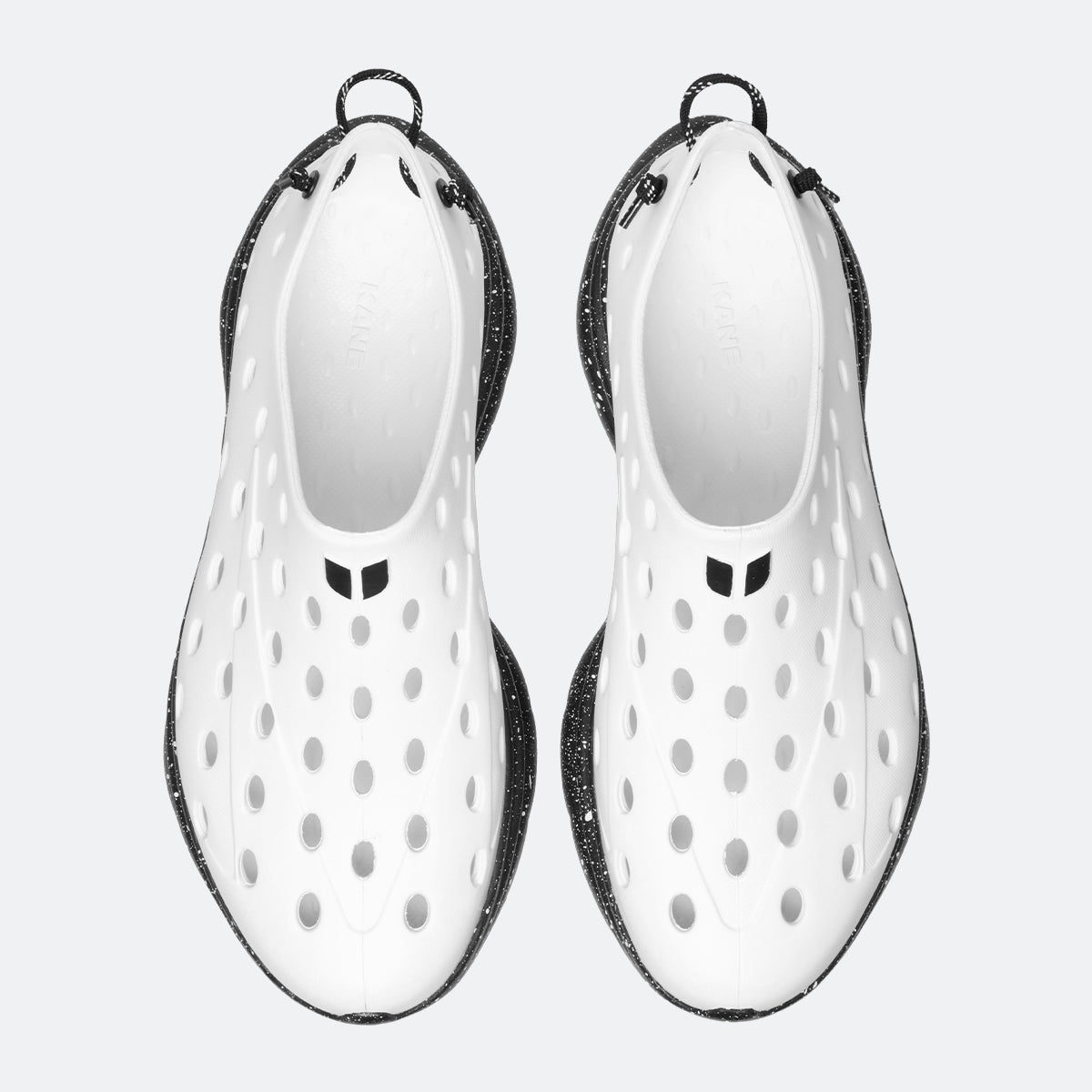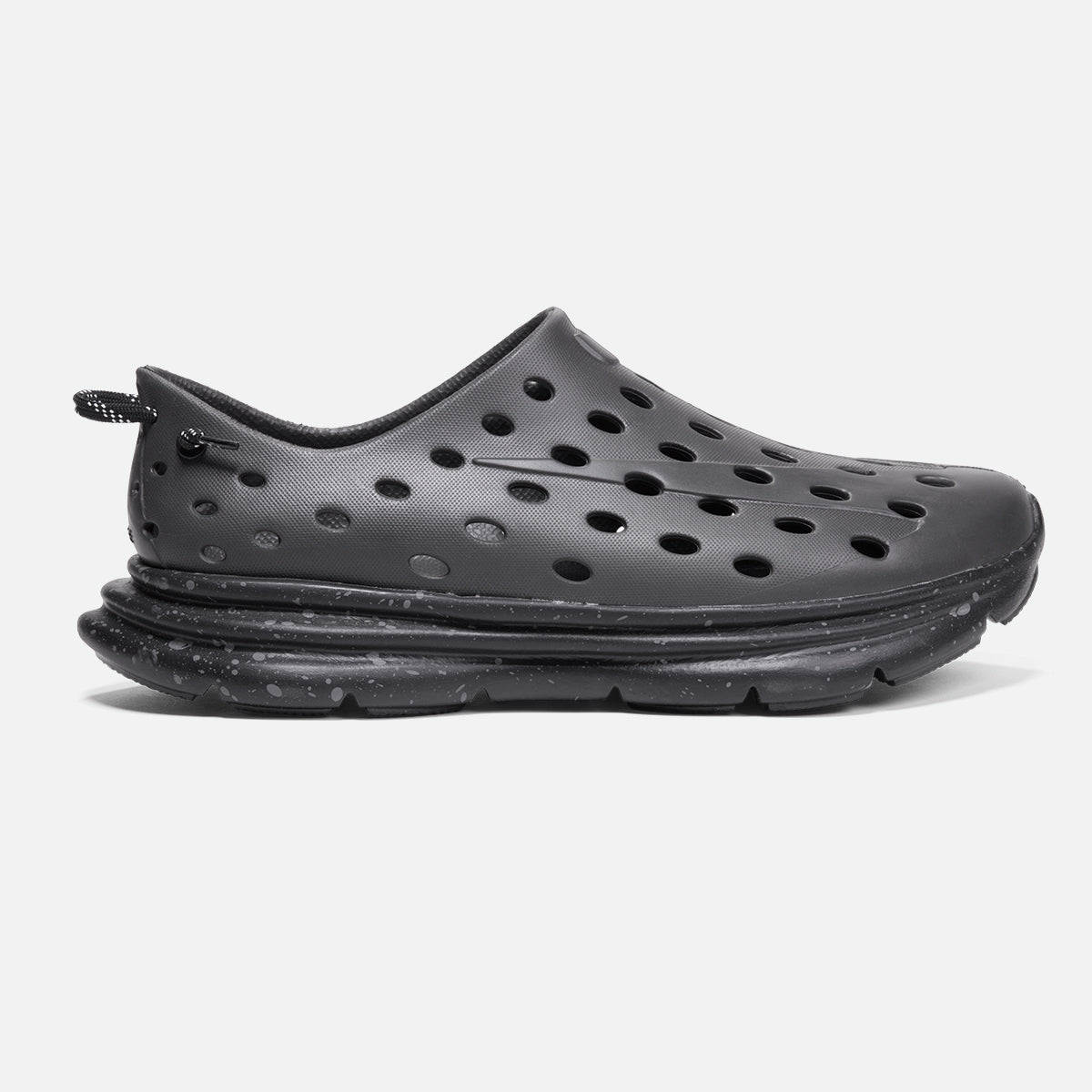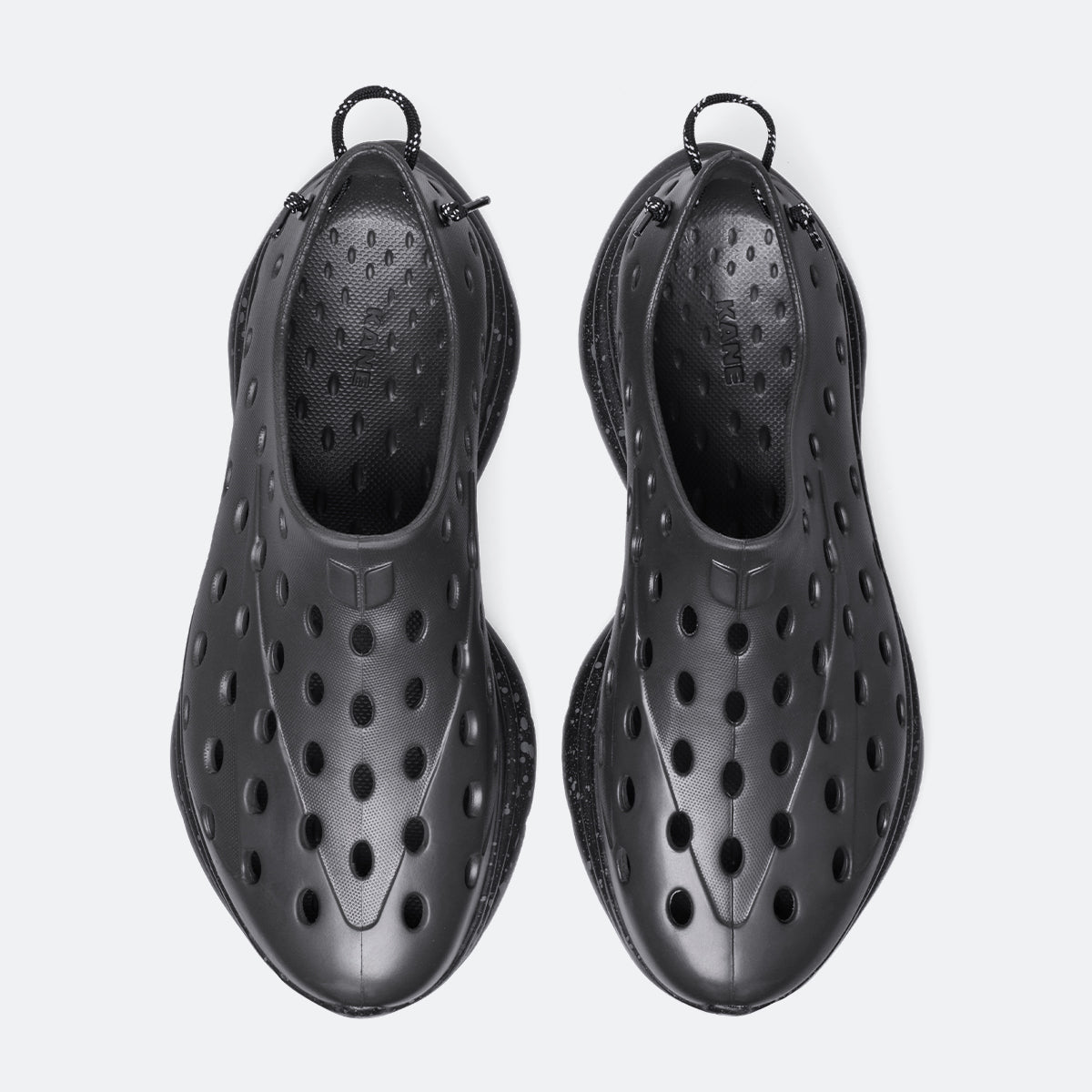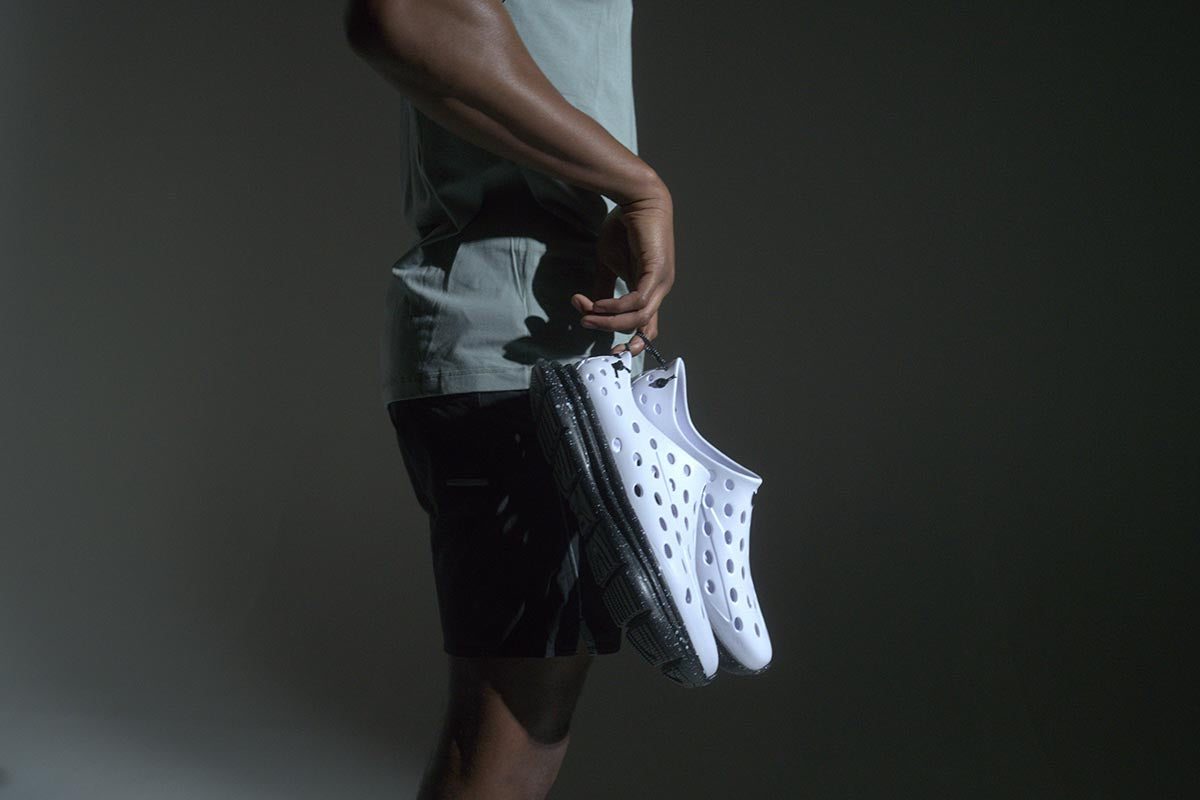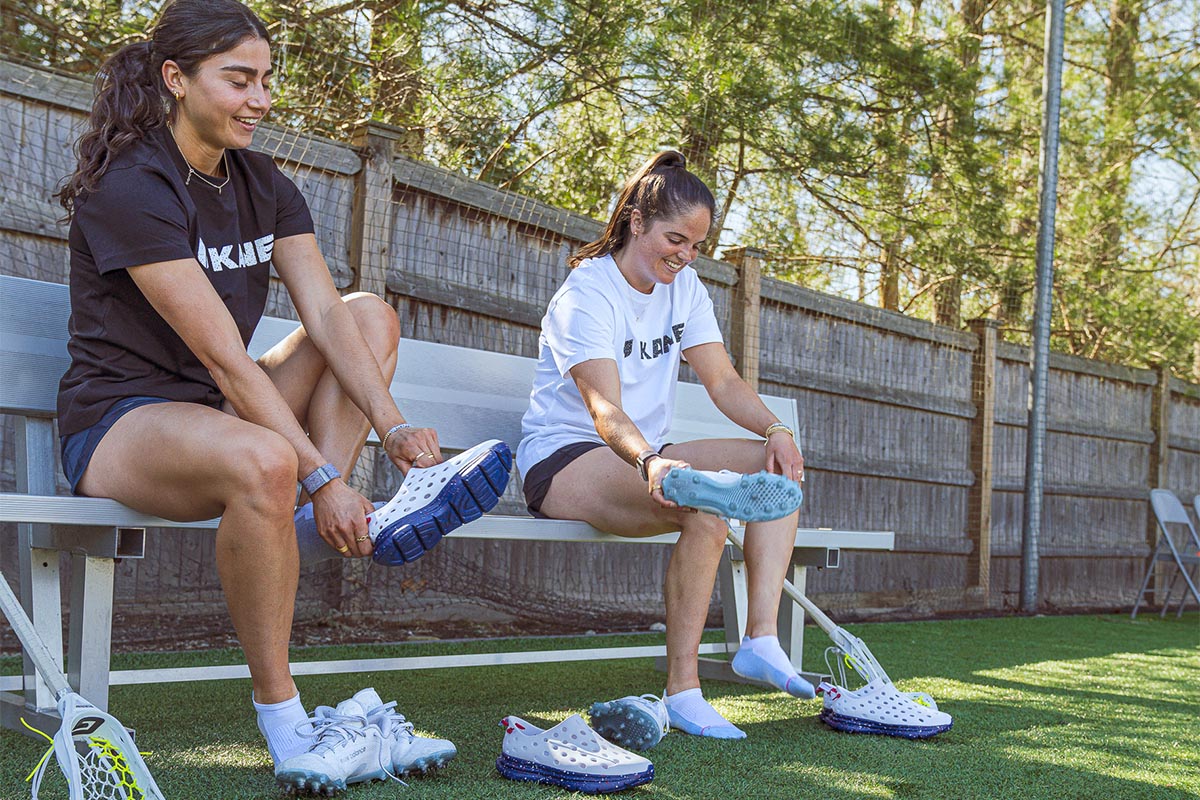Few things are more irritating than the persistent squeak of your shoes announcing your every step. Whether you're navigating the quiet corridors of an office, walking through a serene library, or simply trying to enjoy a peaceful stroll, noisy shoes can disrupt both your and others' tranquility.
Fortunately, you don't have to resign yourself to this annoyance. Explore effective strategies and practical tips to prevent your shoes from squeaking, ensuring you can walk confidently and quietly no matter where you are.
From simple home remedies to knowing when it's time to seek help from a professional cobbler, we've got you covered in your quest for more serene steps.
The reason shoes squeak
Friction between the various components of the shoe, a trapped air bubble or moisture, stiff materials, and loose or damaged parts are the primary culprits of squeaky shoes. Here's a closer look at the main reasons for the noise:
Friction between the shoe's insole and outsole
As you walk, the insole rubs against the outsole, causing friction, which creates a squeaking noise. Friction is a common issue, especially with new shoes that need breaking in.
Trapped air between the insole and outsole
The space between the insole and outsole can trap air, which is compressed and released as you walk, resulting in a squeaking sound.
Moisture inside the shoe
Sweat or dampness inside the shoe can cause the materials to stick together and make noise. The moisture acts as a lubricant, allowing the layers to slide against each other and create noise.
Stiff or new materials
Brand-new shoes, especially those made of leather or rubber, can make noise due to their stiffness. As the materials break in and soften, the squeaking often subsides.
Loose or damaged components
If the outsole is detached from the upper part of the shoe, or if the sole has holes or cracks, it can cause squeaking as the components press against each other.
Friction between the shoe and surface
Due to friction, certain shoe materials, like rubber, can squeak when they rub against smooth surfaces like hardwood or tile floors.
8 ways to prevent squeaky shoes
Squeaky shoes can be a nuisance, but there are several effective ways to prevent them without having to visit a shoe repair shop. Here are some practical tips to help you keep your shoes from squeaking:
1. Identify the source of the noise
-
Insole:
An unsecured insole can cause squeaking -
Outsole:
The material of the sole might be interacting with certain surfaces -
Upper:
Parts of the shoe's upper could be rubbing together
2. Dry your shoes
- Remove moisture: Ensure your shoes are completely dry. Dampness is a common cause of squeaking.
- Air dry: Remove the insoles and let both the shoes and insoles air dry thoroughly for several hours or overnight.
- Talcum powder: Sprinkle talcum powder or cornstarch inside the shoes to absorb any remaining moisture.
3. Reduce friction
-
Baby powder:
Sprinkle baby powder or cornstarch under the insoles to reduce friction -
Dryer sheets:
Place a sheet under the insole to minimize noise - Petroleum jelly: Apply a thin layer of petroleum jelly to areas where parts of the shoe might be rubbing together
4. Fix loose parts
- Insoles: Ensure that they're securely in place. If they're removable, remove them, apply powder underneath, and then put them back.
- Soles: If the sole is unsecured, use shoe adhesive to reattach it or take the shoes to a cobbler for a more durable fix.
5. Treat the soles
- Sandpaper: Lightly sand the soles with fine-grit sandpaper for a few minutes to create a rougher surface and reduce squeaking.
- Oil: With a paper towel or a dry cloth, apply a small amount of oil (like olive oil) to a squeaky shoe. Be careful not to use too much to avoid slipping.
6. Condition the upper material
- Leather conditioner: If the noise is coming from the leather upper, apply a leather conditioner or saddle soap with a damp cloth to soften the material and reduce noise
- Wax: Rub a bit of wax (like beeswax) on areas where the upper material is rubbing together with a soft cloth
7. Regular maintenance
-
Clean your shoes:
Regularly clean and condition your shoes to keep them in good condition -
Proper storage:
Store your shoes in a dry place to prevent moisture buildup
8. Seek professional help
- Cobbler: If the squeaking persists despite trying these solutions, consider taking your shoes to a professional cobbler. They can diagnose and fix more complex issues.
By following these steps, you can significantly reduce or eliminate the squeaking in your shoes, allowing you to walk quietly and comfortably.
How to identify the source of the squeak
Before you can take appropriate action to resolve it, first you have to pinpoint it. To identify the source of shoe squeaks, follow these steps:
- Listen while walking. Have someone crouch near the floor and listen to pinpoint where the noise is coming from: the insole, outsole, tongue area, or heel.
- Check for dampness. Remove the insoles and check for sweat or water inside the shoe. If the shoe is damp, it can cause squeaking as the materials rub together. Thoroughly dry them out if they're wet.
- Inspect the insoles. Lift out the removable insoles and check for friction or air pockets between the insole and shoe base, which can cause squeaks. To reduce friction, sprinkle baby powder or talcum powder in this area.
- Examine the outsoles. Look for signs of wear, cracks, or separation of the outsole from the upper part of the shoe. Loose or damaged outsoles can squeak as they rub against the surface.
- Check the tongues and laces. If the noise seems to be coming from the tongue area, the laces rubbing against the tongue may be causing it. Condition the tongue area with saddle soap or leather conditioner.
- Assess the materials. Leather shoes can squeak when they are too dry and stiff, while new rubber soles on basketball shoes or synthetic materials on loafers may make noise until you've broken them in.
- Try the "rocking" test. Walk back and forth, rocking your feet to identify which motion causes the squeak, indicating the problem area.
By carefully inspecting each part of the shoe and testing different motions, you can usually pinpoint the source of the squeak and address it with the appropriate solution, such as drying, conditioning, lubricating, or repairing.
Frequently asked questions
How do I stop my shoes from squeaking when I walk?
To stop shoes from squeaking when walking, try these methods:
- Apply baby or talcum powder inside the shoes, especially under the insoles. The powder will absorb dampness and reduce the friction that causes squeaking. Sprinkle it generously and let it sit overnight before wearing the shoes again.
- Rub a dryer sheet on the outside of the shoes for new, stiff shoes that squeak due to materials rubbing. The coating on dryer sheets helps soften and lubricate the materials, stopping the squeaky noise.
- If the soles are too slick and cause a squeak on hard floors, rough them up slightly with fine-grit sandpaper. Roughening them up adds traction to stop the slipping that creates noise.
- If the soles squeak because they have been loosened, reattach them with glue and clamp or weigh them down until they're dry.
- Condition the exterior of synthetic or leather shoes with a leather conditioner or coconut oil to soften the materials and prevent the squeaky sound from friction.
- Dry out any dampness inside by stuffing the shoes with newspaper overnight or tumbling them in the dryer on low heat for 10 minutes (if they're made of a dryer-safe material). Trapped moisture can lead to a squeaking sound.
Sometimes, it takes time for a new pair of shoes to stop squeaking. Be patient and allow the shoes to fully break in as the materials soften and conform to your feet.
Will WD-40 fix squeaky shoes?
Yes, WD-40 can help fix squeaky shoes. A silicone spray like WD-40 acts as a lubricant to reduce friction between the materials that are rubbing together and causing the squeak. Spraying a small amount of WD-40 on squeaky areas, like the insoles or seams, can stop the noise.
To try it yourself, follow these steps:
- Remove the insoles if possible and spray WD-40 on the bottom of the insole and inside the shoe where it was rubbing in a well-ventilated area
- If the tongue or seams are squeaky, spray WD-40 directly on those areas
- Allow the WD-40 to thoroughly soak in for one to two days before wearing the shoes again
- Reapply WD-40 after a month or so if the sound returns
Silicone sprays like WD-40 may not be suitable for all shoe materials, especially delicate materials like suede. It can also leave an odor. Alternatives like baby powder, baking powder, baking soda, or leather conditioners may be better for some shoe types.
Why do my shoes squeak when I walk on tiles?
Your shoes likely squeak when you walk on tiles or other hard, smooth surfaces due to friction and a lack of traction between the shoes and the floor. Here are some of the primary reasons for squeaking shoes:
Slick soles
Newly purchased shoes often have very smooth soles that can cause a noise when there is not enough grip on hard, flat surfaces like tiles. With each step, the slick shoes slip slightly against the floor, creating friction and noise.
Moisture inside
Wet shoes squeak. If moisture is trapped inside your shoes, the insoles or other inner materials can rub together and squeak when compressed during your stride. Making sure your shoes are dry often stops the squeak.
Stiff materials
Brand-new shoes with stiff soles, uppers, or other components can squeak until the materials soften and conform to your feet through regular wear and breaking in.
Loose soles
If the outsoles start separating from the shoe uppers, the unsecured parts rub against the floor or other shoe parts and make a noise.
To reduce a squeaking noise on tiles specifically, try the following tips:
- Roughen up very slick soles with fine-grit sandpaper to increase traction
- Apply a dryer sheet, soap, or other lubricant to decrease friction
- Ensure shoes are completely dry inside by stuffing them with newspaper or using a fan
- Wear new shoes around the house to help break them in faster
- Re-glue unsecured soles and clamp until set
What does it mean if my shoes are squeaking?
If your shoes start squeaking, it usually indicates issues related to moisture, friction, unsecured components, or the sole material. Water or sweat trapped in or on your shoes can cause squeaking, so make sure they're dry.
Friction between different parts of the shoe can also lead to noise; applying powder under the insoles or using dryer sheets can help reduce this. You might need to secure unbound components like insoles with adhesive.
Rubber soles often squeak on smooth surfaces like tiles; lightly sanding them or applying a small amount of oil can create friction and reduce the noise. If your shoes are new and persistently squeak, it might be due to a manufacturing defect, and you should consider returning them.
Regular maintenance and ensuring a proper fit can help prevent noise in the future.
Should I visit a shoe repair shop if my shoes are squeaking?
Visiting a shoe repair shop can be a good idea if your shoes are squeaky, especially if you've tried basic remedies without preventing further squeaking. Here are some instances when you should consider visiting a footwear expert:
Persistent squeaking
If the squeaking persists despite trying common solutions like drying your shoes, using talcum powder, or securing loosened parts, a professional can provide more specialized help.
Complex repairs
If the shoe squeaks due to a more complex issue, such as a structural problem with the shoe or a manufacturing defect, a cobbler can properly diagnose and fix it.
Quality shoes
For high-quality or expensive shoes, professional repair ensures that any fixes preserve the shoe's integrity and extend its lifespan.
Worn out parts
If worn-out components like soles, heels, or insoles are causing the squeak, a cobbler can replace them with appropriate materials.
Benefits of professional shoe repair include:
- Expert diagnosis: Cobblers can accurately identify the cause of the squeak, whether due to internal wear, unsecured parts, or issues with the materials
- Durable fixes: Professionals have access to high-quality materials and tools to provide a lasting solution
- Prevent further damage: Addressing the problem early with professional help can prevent additional wear and damage to the shoes
If home remedies haven’t resolved the squeaking or your shoes are valuable and you want to ensure they are properly taken care of, visiting a shoe repair shop is a wise choice.



